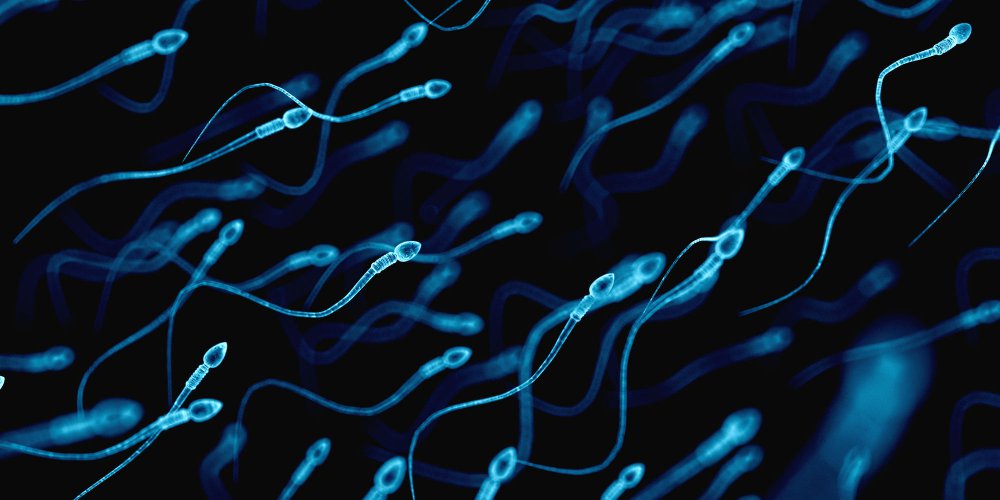A meta-analysis conducted worldwide by the Oxford University Press, and published Tuesday, July 25, 2017 in the journal Human Reproduction Update *, demonstrates that the amount of sperm and sperm quality of men in North America, Europe, Australia and New Zealand are in distress. In just 40 years.
On the other hand, they do not notice a decline in South America, Asia and Africa. A difference that can be explained by the fact that these countries have not been the subject of many studies.
A sperm of less quality and in reduced quantity
To arrive at such a conclusion, the researchers analyzed the work of 7,518 studies conducted in nearly 50 different countries, involving 42,935 men whose seeds were collected between 1973 and 2011.
As a result, the spermatozoa concentration dropped by 52.4%, from 99 million per milliliter of sperm to 47 million on average (-1.4% per year), while quality decreased by 59.3% ( -1.6% per year).
A decline that worries scientists, not so much by these figures - it needs at least 15 million sperm per milliliter of sperm for a man not to be considered infertile - but by the speed with which this decline occurs.
Blame the endocrine disruptors?
This is one of the hypotheses put forward by scientists to justify such results.
Endocrine disruptors, these toxic substances, found mainly in food and cosmetics, have for several years been accused of interfering with normal hormonal activity and promoting infertility.
Stress, smoking and sedentary lifestyle are also singled out.
Source:
* academic.oup.com/humrep/article/28/2/462/599181/Decline-in-semen-concentration-and-morphology-in-a


